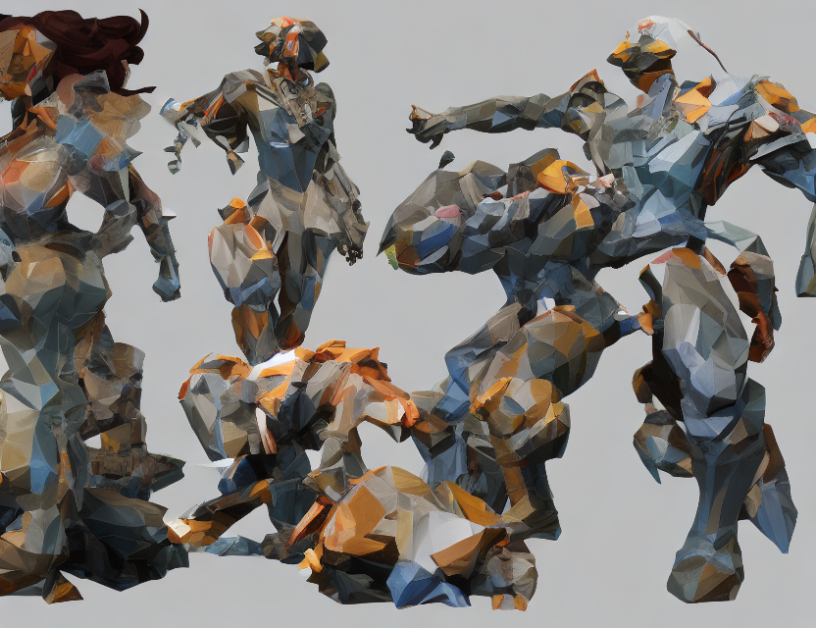In this article, the authors propose a new approach to 3D human pose estimation called Spatio-Temporal Transformer (STT). The proposed method uses a transformer architecture to integrate spatial and temporal information from multiple frames in a video sequence. The STT model consists of two parts: the pre-trained CLIP model for spatial features, and a custom-designed temporal transformer that flattens the spatial feature maps into 2D tokens.
To better understand the proposed method, let’s break it down step by step:
- The authors use a pre-trained CLIP model to extract spatial features from each frame in the video sequence. This is like using a camera to take a picture of an object – the camera captures the object’s features and stores them as spatial information.
- Next, the authors flatten these spatial feature maps into 2D tokens using a custom-designed temporal transformer. Think of this step as taking multiple flat pictures of the object from different angles and perspectives – the transformer creates a new representation that combines all these views into a single 2D map.
- The resulting 2D map contains both spatial and temporal information, which is then fed into a heatmap task head to estimate 3D human pose. Imagine having a 2D map of an object’s location in space – the heatmap helps us determine the object’s exact 3D position.
- The final step is to apply a Gaussian mixture model (GMM) to refine the estimated poses. This is like using a fine-tuned brush to paint the 3D pose estimate with more detail – the GMM helps us fill in the gaps and make the prediction more accurate.
The authors demonstrate the effectiveness of their proposed method on several challenging datasets, achieving state-of-the-art results compared to other 3D human pose estimation methods. In summary, the Spatio-Temporal Transformer (STT) offers a novel approach to 3D human pose estimation by integrating spatial and temporal information using a transformer architecture, leading to improved accuracy and robustness in various applications.



